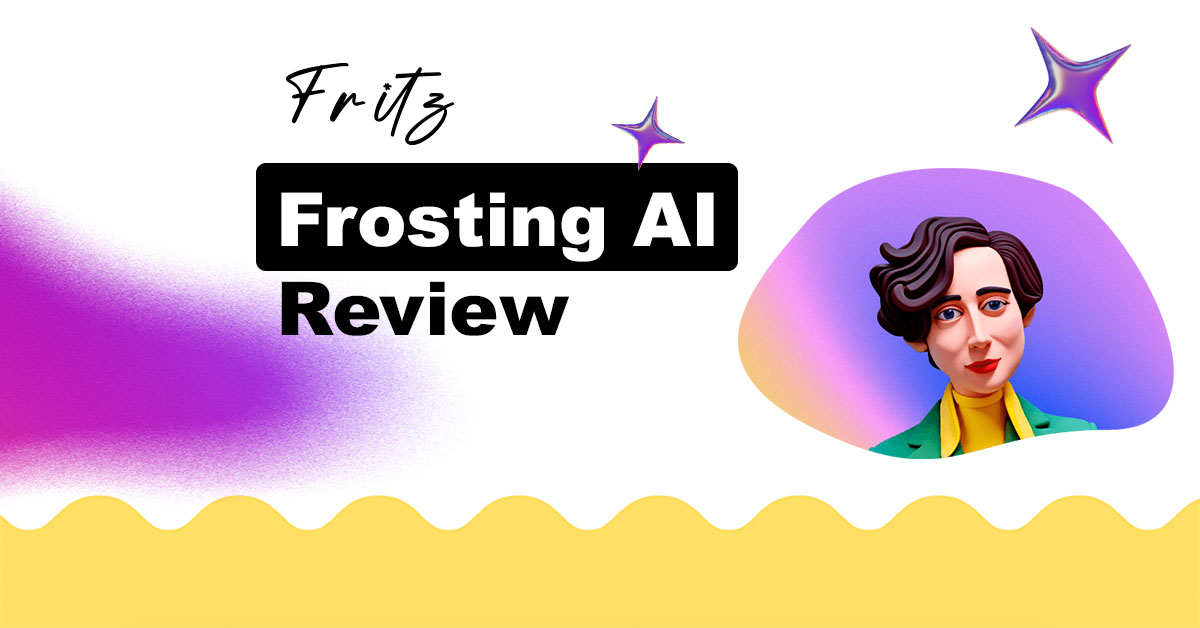For SaaS companies, customer support is one of the most important factors for retaining customers. While many AI tools in the market help you with the support, I found out the tool that claims to be the fastest customer support assistant.
Fernand is the fastest and calmest AI customer support that helps you draft the perfect replies to your customers.
Continue reading “Fernand Review: The Fastest SaaS Customer Support AI?”









